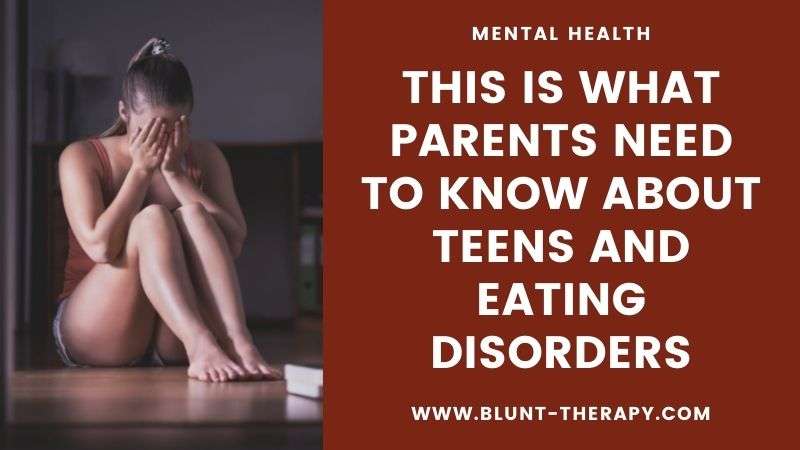Table of Contents
Affiliate link notice: As an affiliate of BetterHelp and other third-party vendors, We will receive compensation if you make a purchase using the links provided on this page. For more information, visit our disclosure page.
Last Updated on December 14, 2021 by Randy Withers, LCMHC
Ask any teacher and they will tell you – teaching teenagers is tough work.
When working with children with special needs such as adolescents with behavioral issues or teens with Autism Spectrum Disorder, it’s not just hard work. It requires special training and a willingness to be creative.
In this post, we’ll focus the discussion on teaching teens with autism, and give you 7 tips to up your classroom game.

What Is Autism Spectrum Disorder
Autism Spectrum Disorder is a developmental disability that can cause significant social, communication, and behavioral challenges. It affects a wide number of children, teens, and adults in the United States.
In 2018, The Centers for Disease Control (CDC) estimated that 1 out of every 59 children born in America was diagnosed with the disorder, a number three times what it was in 2000. While it is four times more likely to present in boys, it affects all ethnic and socioeconomic groups equally.
As it is designated a “spectrum” disorder, it covers a wide range of conditions, behaviors, and disorders that vary in severity and symptoms.
The Mayo Clinic defines it as a “condition related to brain development that impacts how a person perceives and socializes with others, causing problems in social interaction and communication,” which can also include “limited and repetitive patterns of behavior.”
Because it impacts the development of a child’s brain, innovative and adaptive teaching methods are necessary. Unfortunately, with such a wide range of symptoms and presentations, a “one size fits all” solution for teaching teens with autism doesn’t exist.
How To Teach Teens with Autism Spectrum Disorder
Dr. Temple Grandin, PhD., who is also on the spectrum, states, “Good teachers helped me to achieve success. I was able to overcome autism because I had good teachers.” Teaching can be vital for those with autism no matter their age. And teaching teens with autism can be especially important as they reach the age traditionally viewed as the beginning of independence.
Tip #1: Use Visual Methods
More and more children are being identified as visual learners. For teens with autism, visual aids such as pictures are more likely to be understood and retained. Line drawings may be more difficult to identify. Simple photographs, autism support logo designs, or illustrations, with an easy to find focus and limited colors, work best for communicating information.
When possible, use physical, three-dimensional aids to help with teaching. If the student can physically handle an object it will be easier for them to understand and remember its function than if the student only reads a description of the object.
Tip #2: Avoid Complicated Instructions
It’s hard enough for kids to follow a string of overly complex or detailed instructions. For teens with autism, it becomes nearly impossible. Keep the instructions simple. And whenever possible, allow them to follow the steps as the instructions are given. “Hearing and doing” simultaneously allows for better understanding.
Keep your sentences simple, and don’t allow abstract thoughts or comments that are beside the point to distract from what you’re trying to get across.
If the student is able to read, it helps to write down the instructions so they can refer to them when needed.
Tip #3: Encourage Self-Expression and Creativity
Teens with autism are often visual learners and thinkers, and creativity goes hand in hand with their learning style. When possible, encourage their abilities and interests. Not only does this boost their self-esteem, but it also contributes to a positive learning environment. This in turn helps ensure the future success of the student.
Dr. Grandin states: “I think there needs to be much more emphasis on developing the child’s talents. Talents can be turned into skills that can be used for future employment.”
Finding ways to include the student’s interest or talent within any given task can also help to get them more enthused and involved.

Tip #4: Alternative Ways To Communicate
Because of the wide range covered by the autism spectrum, some teens may be more able to communicate verbally than others. Volumes have been written on effective communication for autistic children and adults, and many researchers reached the conclusion that “traditional” verbal communication may not be the easiest for children on the spectrum.
Drawing, writing, sign language, and even singing may make communication easier for teens with autism. Typing and using applications on computers and other devices may also make them more comfortable when conveying their thoughts, emotions, and even completing their homework as well as other projects.
Tip #5: Keep the Classroom Structured
All teenagers can benefit from a well-defined schedule, as it teaches self-discipline and how to follow instructions. For teens with autism, structure and schedule can make the difference between a positive and a negative learning environment.
Make sure to allow enough space for creativity, enough time to cover tasks or instructions multiple times and at the student’s own pace, and recess periods.
Tip #6 : Role Play
Teens with Autism Spectrum Disorder (ASD) have difficulty in social situations. It’s hard for them to identify unspoken rules of communication, read body language, process expressions, and understand what is and is not acceptable to say in polite company. One way to address this problem is through role-playing.
Role-playing exercises provide a safe and supportive way for teens to practice social skills. Develop a scenario (such as waiting at the bus stop) and match it with a learning objective (such as making small-talk with strangers.)
For example, discuss the do’s and don’ts of effective communication and social niceties. Teach them about neutral conversation topics and health boundary-setting. Take turns switching roles and practice the scenario until your teen masters the learning objective.
Tip #7: Self-Management Tips
You can teach teens with autism ways to regulate their behavior with the help of “tick sheets”. By recoding the frequency of a particular behavior in tick sheets and wrist counters, they can learn to develop their social skills.
For example, if a teen wants to maintain eye contact while talking to people, they can note it down in their tick sheet or count it on their wrist counter. This will encourage them to practice that social skill.
Final Thoughts About Teens with Autism
Teens with autism face their own set of special challenges, especially at an age where most societies value independence and autonomy. With underdeveloped social skills it’s hard for them to make friends or to even interact with everyday people.
But with regular practice, teens with autism can develop the necessary social skills to flourish. The tips mentioned above will help them navigate social situations and develop the self-confidence and resiliency necessary to succeed in school and beyond.
References:
- Teaching Tips for Children and Adults with Autism
- Teaching young children on the autism spectrum
- Supporting Students with Autism
- Techniques for Teaching Students with Autism Spectrum Disorder
- Autism Facts and Figures
- Autism Teaching Strategies to Use at Home and in the Classroom









